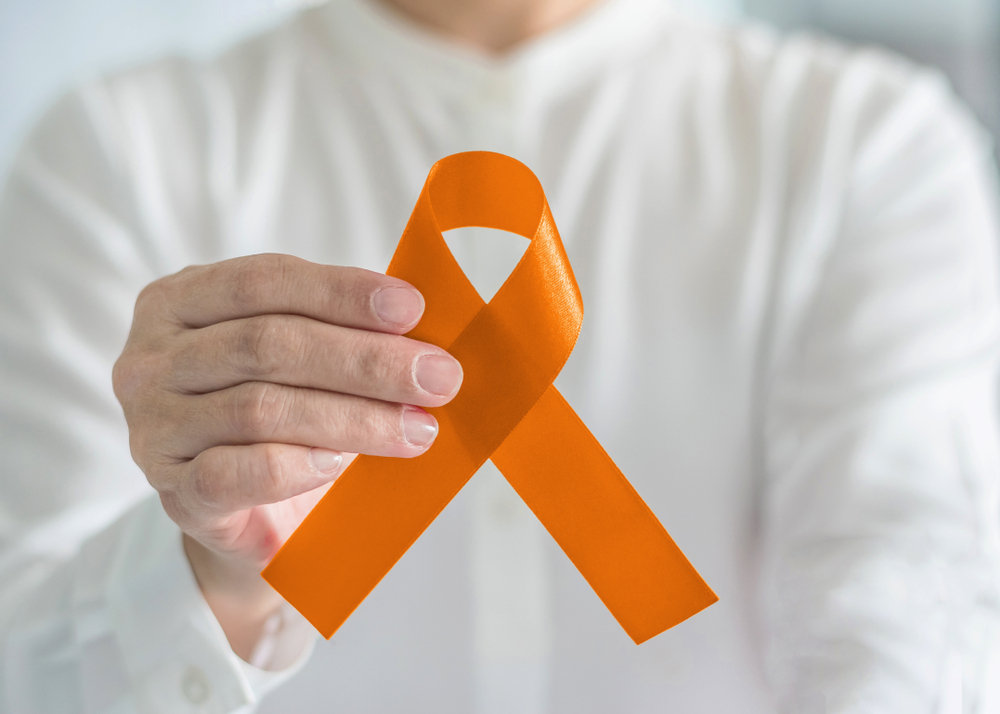Complex regional pain syndrome (CRPS) is a form of persistent, localized pain that usually affects the arm or leg. CRPS generally develops after an accident, surgery, a stroke, or a heart attack. The discomfort is far greater than the damage caused by the initial injury.
While CRPS is uncommon, the reason for it isn’t. The earlier you start treatment, the better your chances are of achieving a good response. In such cases, recovery and even cure are possible.
Symptoms of CRPS
Some of the signs and symptoms of CRPS include:
- Continuous burning or throbbing pain, usually in the arm, leg, hand or foot
- Sensitivity to touch or cold
- Swelling of the painful area
- Changes in skin color, ranging from white and blotchy to red or blue
- Changes in skin texture, which may become tender, thin or shiny in the affected area
- Joint stiffness, swelling and damage
- Muscle spasms, tremors and weakness
- Decreased mobility in the affected body part
The severity of the symptoms varies from one individual to the next, and they differ based on who you are. The initial indicators of a flare-up include pain, edema, inflammation, warmth, and sensitivity (particularly to cold and touch).
Over time, the normal temperature of the limb may be reduced. It can have skin and nail changes, as well as muscular spasms and toning. When these occur, the situation is usually irreversible.
Causes of CRPS
The cause of CRPS remains unknown. Some experts believe it is linked to both trauma or an alteration in the peripheral and central nervous systems, according to other researchers. CRPS generally occurs as a result of a traumatic or accidental injury.
CRPS occurs in two types, with similar signs and symptoms, but different causes:
- Type 1. This type is also known as reflex sympathetic dystrophy (RSD), which is caused by an illness or injury that did not affect the nerves in the afflicted limb directly. About 90% of individuals with CRPS have type 1.
- Type 2. This variant was previously known as causalgia. It has symptoms comparable to those of type 1 CRPS, although it develops following nerve damage.
The most frequent cause of CRPS is forceful trauma to an arm or a leg. A crushing injury or fracture are examples of this kind of harm. Other significant and minor injuries, such as surgery, heart attacks, infections, and even sprained ankles, can also trigger CRPS.
It’s unclear why these incidents might give rise to CRPS. Not everyone who suffers one of these injuries develops CRPS. It’s possible that it’s related to a lack of communication between your central and peripheral nervous systems, as well as inflammatory reactions that aren’t typical.
The PMI Research Centers are researching Complex regional pain syndrome (CRPS) and are seeking new participants to join. Our studies seek to determine the safety and efficacy of an investigatory drug for the treatment of those with the disease. To see if you qualify for our study, be sure to give us a call today.



